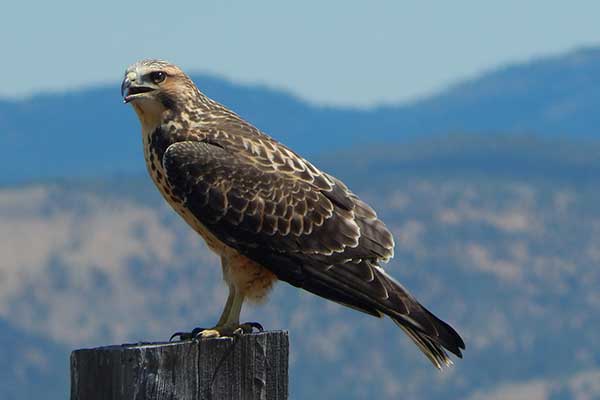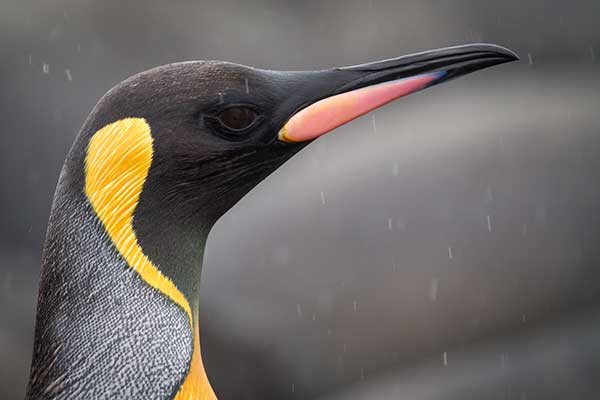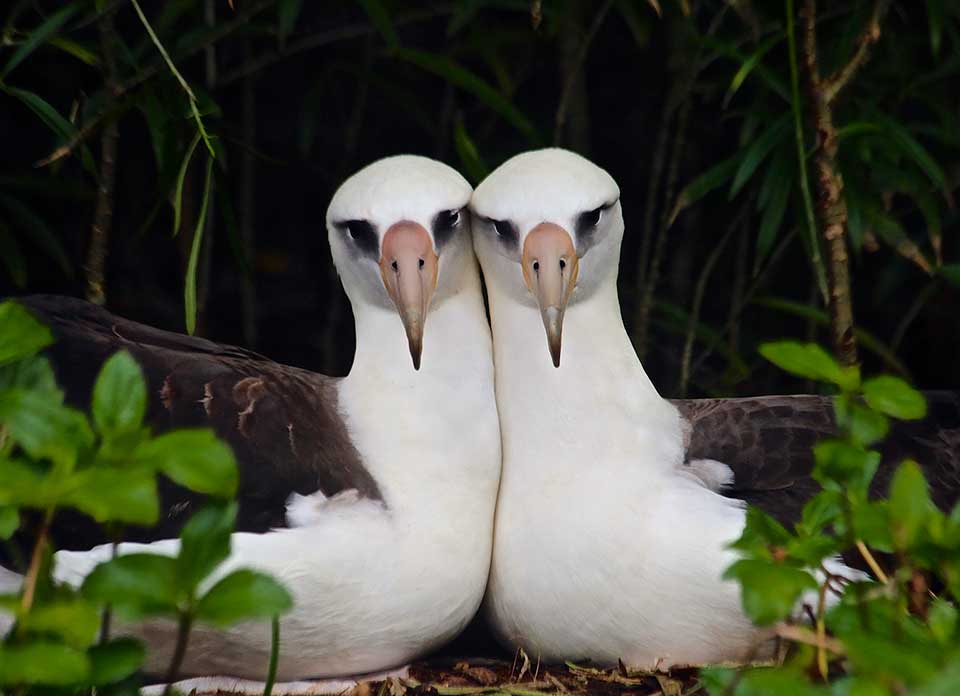Richardson Bay Audubon Center & Sanctuary
Events at this venue
-
-

Little Known Great Birding Locations
Richardson Bay Audubon Center & Sanctuary 376 Greenwood Beach Rd, Tiburon, CA, United StatesMost birders visit the famous spots: Pt. Reyes National Seashore, Bodega Bay, Golden Gate Park, Vic Fassio Yolo Wetlands, Klamath/Tulelake and Sacramento NWRs, Monterey Bay, Arcata Marsh, etc. But there is a growing number of lesser known spots, hidden gems for birding and scenery. Ruthie Rudesill will share birding stories and discuss a few special places for those who want to travel to new exciting areas of Northern California. Swainson's Hawk Courtesy of Ruthie Rudesill Speaker Ruthie Rudesill is Past President of Redwood Regional Ornithological Society. She has a Wildlife degree from Humboldt State University. She has led and participated in many Christmas Bird Counts, surveys and field trips for over 30 years. Ruthie maintains the records for rare birds in Sonoma County and sends quarterly reports to North American Birds (part of the American Birding Association).
-
-

A Bird’s Rainbow with Bob Lewis
Richardson Bay Audubon Center & Sanctuary 376 Greenwood Beach Rd, Tiburon, CA, United StatesDescription: Many birds are brightly colored, others use patterned feathers for camouflage. How do these colors originate? What's the difference between colors from pigments and physical colors? From Yellow warblers to Anna's Hummingbirds, from Snow Geese to Brewer's Blackbirds, each species makes unique use of the feather colors it possesses. What do the colors indicate to other birds? And do birds see the same colors we do? Bob will unravel some of the mysteries of color in birds with a little chemistry, a bit of physics, and a lot of brightly colored slides. Bob Lewis trained as a chemist and worked in the energy field for 33 years. He's taught birding classes in the Bay Area for over 25 years, and served as the chair of Golden Gate Audubon's Adult Education Committee. He's co-aught a popular Master Birding class at the SF Academy of Sciences with Jack Dumbacher and Eddie Bartley, and Birds of the Bay Area with Rusty Scalf. He taught Avian Evolution with Bruce Mast for Marin Audubon. He loves to travel and photograph birds, and has recently returned from a trip to Namibia, chasing the brightly colored birds of that area, and passing 5,000 on his life list. Image: The pigment that creates the yellow color in King Penguins is still undefined.
-
-

Albatross of Kauai, Their style and Story
Richardson Bay Audubon Center & Sanctuary 376 Greenwood Beach Rd, Tiburon, CA, United StatesAlbatross have likely nested in the Hawaiian Islands for millions of years, but disappeared with the arrival of humans. About 40 years ago, individual birds began returning to Kauai, and the population has gradually grown since then. Now, as their mother ship at Midway Atoll in the Northwestern Hawaiian Islands becomes more and more treacherous, Kauai may become the birds' Noah's Ark. Hob Osterlund, MSN, APRN, is an award-winning writer, photographer and conservationist living on the island of Kaua'i. Her work has appeared in The New York Times, National Geographic Explorer, Audubon, National Wildlife, Nature Conservancy, Hana Hou (Hawaiian Airlines), Ms. Magazine and more. She is the founder of the Kauai Albatross Network and has served as a habitat liaison for a number of private landowners for several years. Her work includes direct services such as systematic monitoring of all Laysan albatross on those properties, assisting with predator control and serving as a link between private landowners and state and federal wildlife agencies. For five nesting seasons Hob worked as a Kaua'i Coordinator for the Cornell Lab of Ornithology Bird Cam project. As a result, Laysan albatross live streaming images were played via the "TrossCam" as the chicks grew from hatch to fledge. From 2014-2018 there were 60 million views and 450 million minutes watched by viewers from 190 countries. In 2019 Hob's primary focus is her new documentary Kalama's Journey. The film is about an albatross chick adopted by a female pair of birds on Kaua'i, and about the chick's role in facing her species' biggest threat.